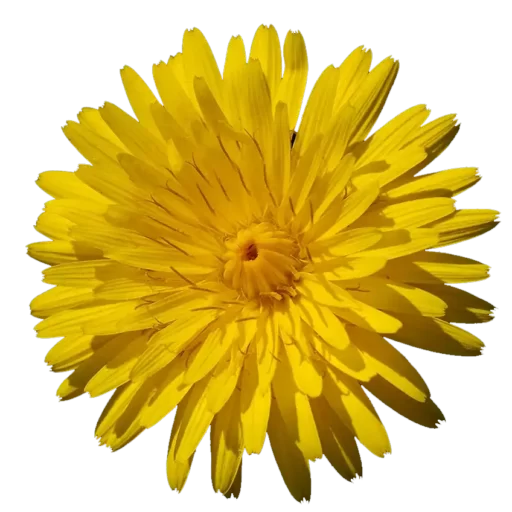Introduction
Welcome to our comprehensive guide on understanding poison ivy, poison oak, and poison sumac treatment. We strive to provide you with the most detailed and accurate information to help you deal with these pesky plants effectively. Whether you’ve had a recent encounter or want to be prepared for future encounters, our guide has got you covered.

Identifying Poison Ivy, Oak, and Sumac
Before delving into treatment options, it’s essential to identify these plants correctly. Poison ivy, poison oak, and poison sumac are notorious for causing skin rashes upon contact. They share some common traits, but each has distinct features:
1. Poison Ivy (Toxicodendron radicans):
- Leaves: Poison ivy has three almond-shaped leaflets, with the middle leaflet typically having a longer stem than the other two.
- Color: The leaves can vary from green to reddish in spring, green in summer, and vibrant shades of red and orange in fall.
- Climbing Habit: Poison ivy often climbs on trees or structures using hairy aerial rootlets.
2. Poison Oak (Toxicodendron diversilobum) and Poison Sumac (Toxicodendron vernix):
- Leaves: Both poison oak and poison sumac have leaves that are divided into leaflets.
- Number of Leaflets: Poison oak usually has three leaflets, while poison sumac typically has seven to thirteen leaflets arranged in pairs.
- Color: The leaves of poison oak can be green in spring, but often turn red in summer and fall. Poison sumac leaves are usually green and can turn yellow, orange, or red in autumn.

Preventive Measures
1. Dressing Right:
When venturing into areas where these poisonous plants might be present, dress appropriately to minimize skin exposure. Wear long sleeves, long pants, closed-toe shoes, and gloves. Tucking in your shirt and pant cuffs can prevent direct contact.
2. Use Barriers:
Consider using a barrier cream or lotion containing bentoquatam on exposed skin areas. This creates a protective layer that may prevent the plants’ urushiol oil (the substance responsible for the skin rash) from coming into contact with your skin.
3. Learn to Identify:
Educate yourself and others who might be at risk about the appearance of poison ivy, oak, and sumac. Knowing how to spot these plants can help you avoid accidental contact.

Treatment Options
1. Washing the Affected Area:
If you suspect contact with any of these plants, wash the affected area with soap and water immediately. The faster you clean the skin, the better chance you have of reducing the severity of the rash.
2. Over-the-Counter (OTC) Remedies:
Numerous OTC products are available to provide relief from poison ivy, oak, and sumac rashes. These may include calamine lotion, hydrocortisone cream, or colloidal oatmeal baths. Follow the product’s instructions carefully for best results.
3. Prescription Medications:
In severe cases, where the rash covers a large area or causes intense itching, a visit to a healthcare professional may be necessary. They might prescribe stronger topical or oral medications to manage the symptoms effectively.
4. Natural Remedies:
Some individuals prefer natural remedies to alleviate the discomfort caused by these rashes. A few options include aloe vera gel, witch hazel, and cold compresses. While these remedies may offer relief, they might not be as potent as OTC or prescription treatments.

When to Seek Medical Attention
While most cases of poison ivy, oak, and sumac rashes can be managed at home, certain situations warrant medical attention:
- If the rash covers a large portion of your body
- If you experience severe blistering, swelling, or pain
- If the rash affects sensitive areas such as the eyes, mouth, or genitalia
- If your symptoms don’t improve with OTC remedies or natural treatments

Conclusion
Understanding poison ivy, oak, and sumac treatment is crucial for anyone spending time outdoors. By correctly identifying these plants and taking preventive measures, you can significantly reduce the risk of encountering them. If you do come into contact and develop a rash, prompt and appropriate treatment can help alleviate discomfort and speed up recovery.
Remember, knowledge is your best defense against these poisonous plants. Stay informed and prepared, and enjoy the great outdoors without worry!


